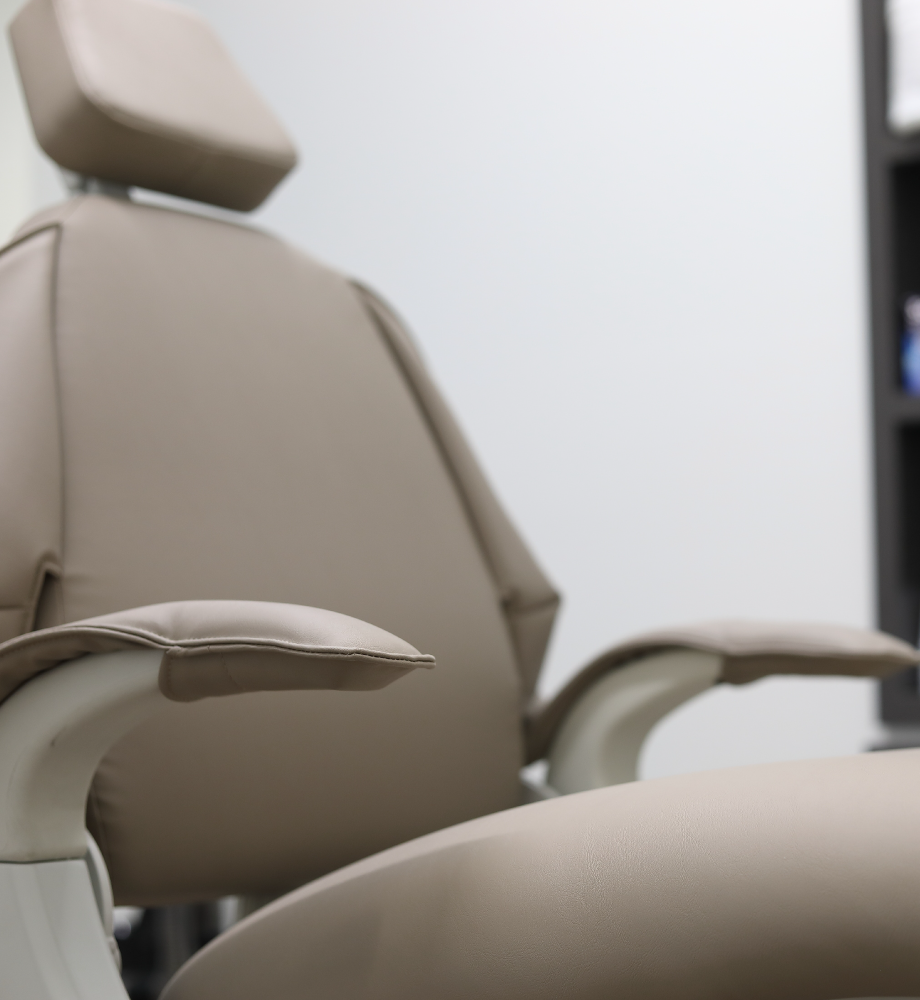If decay becomes extensive or a tooth becomes broken, a root canal may become necessary to preserve a tooth. The term “root canal” actually refers to the space within each tooth in which the pulp and nerve are encased. In a root canal procedure, the nerve and pulp are first removed, then the tooth is cleaned and sealed.
The function of nerves within your teeth is to detect the sensation of heat or cold—otherwise, they are not essential to the health and function of your teeth. If damaged, however, nerve or pulp tissue will break down, allowing bacteria to spread. This will lead to infection, an abscessed tooth, or even bone loss. The root canal procedure will stop this spread of infection and restore the tooth to healthy function. Signs that one of your teeth may need a root canal include:
A thorough examination, including x-rays, will help determine a course of action. If infection is present, medication and a temporary filling may be needed to give surrounding tissue time to heal before the procedure is completed. Depending on the extent of decay, the tooth may simply be sealed, or may require additional restoration such as a crown to protect the tooth and maintain its full function.
Over-the-counter pain medications will usually control any post-procedural discomfort. Most patients may return to normal activities the next day. Chewing with the affected tooth should be minimized until the root canal procedure has been completed and the permanent filling or restoration has been placed.

PHONE | 914-961-2434
FAX | 914-961-2465
EMAIL | BRONXVILLEDENTAL@GMAIL.COM
ADDRESS | 65 PONDFIELD RD #1 BRONXVILLE, NY 10708
MONDAY – THURSDAY: 10 AM – 6 PM
FRIDAY: CLOSED
SATURDAY & SUNDAY: APPOINTMENTS
AVAILABLE UPON REQUEST
© COPYRIGHT 2024 BRONXVILLE DENTAL . WEB DESIGN BY MSM DIGITAL